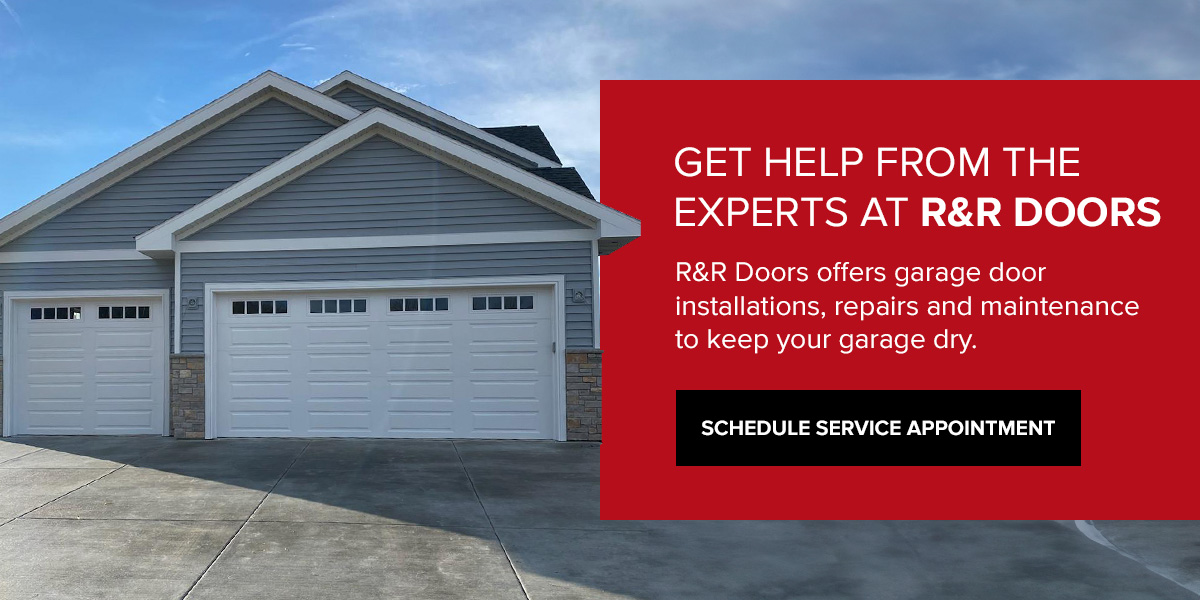Discovering a leaking garage after a heavy rainstorm can be a nightmare. It can damage stored equipment, tools and even the structural integrity of your home. It can also create a breeding ground for potential health hazards like mold and mildew. With timely action, you can prevent costly repairs and premature replacements.
Here are five ways to tackle water damage in your garage.
Table of Contents
1. Assess the Extent of the Damage
The first thing you need to do is conduct a visual inspection. Determine how the damage affected your garage’s structural integrity. Look for cracked walls, sagging ceilings and compromised foundations.
2. Identify the Main Source of the Leak
Determine the cause of the leak to avoid causing further damage to your property. Before any inspection, follow safety precautions. Turn off the electricity and ensure proper ventilation to reduce electrical accidents and health hazards.
Some of the common causes of leaks of water pooling in the garage include:
- A buildup in gutter downspouts: Water buildup on the gutter downspouts can leak through the garage. Clean the downspout extension and keep it away from the foundation to prevent water leakage.
- High groundwater: Flooding inside the garage can happen when underground water levels rise due to heavy rainfall. High groundwater can result in saturated soil, restricting its capability to absorb water.
- Worn door seals: Garage doors have tight, weatherproof seals that deter water or light from entering. However, door seals wear and damage over time.
- Plumbing concerns: Leaks and broken pipes can accumulate water on your garage floor. Burst pipes can also happen in freezing temperatures, leading to sudden flooding.
3. Fix the Water Leak
The solution depends on the source, whether the water is from rain flooding or plumbing issues. Here are a few ways to stop water from entering your garage:
- Install weatherstripping on garage doors. The worn seals on the sides and top section of the door need new weatherstripping. Apply proper weatherstripping products to keep water from seeping into the garage. Don’t forget to secure the gap under the doors with a rubber seal.
- Consider a waterproof veneer. A waterproof veneer is another effective way to secure your garage from shallow flooding. Add this extra layer of protection to the exterior walls and door seal openings.
- Maintain upkeep of gutters: Whether cleaning gutter downspouts or checking for broken parts, keeping the gutter in good condition is crucial.
- Fix plumbing issues: Repair leaky pipes and plumbing parts connected to your garage to avoid water accumulation and damage.
- Complete a foundation inspection. Regular inspection is crucial to avoid water leaking in the garage when it rains. Check for foundation cracks and have them repaired.
- Repair your garage door. Address any leaks or possible water risks on your garage door quickly. By repairing broken parts and fixing dents, you can save yourself from costly replacements.
4. Dry out the Garage
For effective water removal, consider these relevant steps:
- Add a humidifier to help dry out the space after flooding.
- Use fans to dry damp areas quickly and ensure proper air circulation.
- Check the drywall and insulation for signs of water and replace them as needed.
5. Prevent Future Leaks
Take proactive measures to prevent leaks from happening again. Start by directing water away from your foundation toward a proper drainage system. Filling in cracks and installing ditching can also prevent flooding.
Your garage door plays a key role in securing your garage. If your garage door is damaged, repair or replace it to keep water from entering when it rains.
Get Help From the Experts at R&R Doors
If you’re having problems with your garage door, our specialists are ready to assist you. R&R Doors offers garage door installations, repairs and maintenance to keep your garage dry.
Contact our team today for a service appointment.

